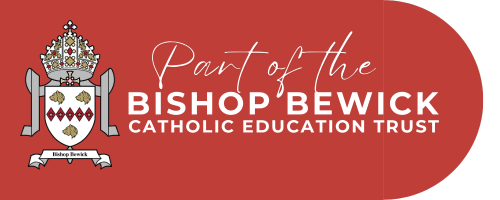Religious Education

Religious Education
Intent:
Religious education is at the heart of our school and we aim to teach all pupils here to understand, critically evaluate and enjoy the teachings of the Catholic faith.
To do this, we use the ‘Come and See’ programme, which is a teaching programme based on the theological foundations of the Second Vatican Council, the Catholic Catechism and the revised RE Curriculum Directory. It includes the Catholic standard indicators.
The Catechism of the Catholic Church addresses the search for meaning in life. God’s initiative in Revelation who comes to meet us and our response of faith. (cf. CCC26) This pattern guides the structure of the programme and informs the process of each topic, opened up through; Explore, Reveal and Respond. Please see the Parents' leaflets on our website under Catholic Life for further details of each topic and the other faiths we cover in our curriculum teaching.
Religiously literate and engaged young people who have the knowledge, understanding and skills – appropriate to their age and capacity – to reflect spiritually, and think ethically and theologically, and who are aware of the demands of religious commitment in everyday life. Whilst evangelisation and catechesis are happening in our school for some pupils, the specific contribution Religious Education makes to the Catholic Life of the school is primarily educational and will be planned, taught, assessed and monitored with the same rigour as other curriculum subjects.
The Aims as stated in the RE Curriculum Directory are:
To present engagingly a comprehensive content which is the basis of knowledge and understanding of the Catholic faith;
To enable pupils continually to deepen their religious and theological understanding and be able to communicate this effectively
To present an authentic vision of the Church’s moral and social teaching so that pupils can make a critique of the underlying trends in contemporary culture and society;
To raise pupils’ awareness of the faith and traditions of other religious communities in order to respect and understand them;
To develop the critical faculties of pupils so that they can relate their Catholic faith to daily life;
To stimulate pupils’ imagination and provoke a desire for personal meaning as revealed in the truth of the Catholic faith;
To enable pupils to relate the knowledge gained through Religious Education to their understanding of other subjects in the curriculum;
To bring clarity to the relationship between faith and life, and between faith and culture
Implementation:
Implementation Curriculum time allocation: In line with Bishops’ Conference recommendations, 10% of curriculum time is allocated to Religious Education. This does not include Collective Worship.
Programme of Study: To fulfil the above aims and to address the four areas of study outlined in the Religious Education Curriculum Directory, 2012 – Revelation, Church, Celebration and Life in Christ - the ‘Come and See’ programme is used as recommended by the Diocese.
Process: Religious Education is taught through the process of Explore, Reveal, Respond. This follows the pattern of: the human search for meaning, God’s initiative in Revelation and the response in faith. This pattern is outlined both in the Catechism of the Catholic Church and in the Curriculum Directory. As the Directory states: ‘Teaching in Religious Education should help people be attentive to the meaning of their experiences, illumined by the light of the Gospel, so that they may respond to God more fully. Experience can also make the Christian message more intelligible.’
Methodology: A variety of teaching and learning strategies will be used from across the curriculum adapted appropriately to the needs and learning styles of pupils. Inclusion: All pupils in our school, irrespective of ability, faith and background will have appropriate differentiated access to the Religious Education programme.
Other Religions: Two other religions are taught from EYFS to Year 6 following the programme of study in ‘Come and See’. These are Judaism, which is usually taught in the Autumn, and Islam, which is taught either in the Spring or Summer; however, the second faith can be subject to change depending upon the Religious needs of pupils or topics being covered throughout school. Two weeks teaching time is given to each religion during the year.
Impact:
Assessment of standards is carried out according to Diocesan guidelines using the updated Standards and assessment agreed by Bishops’ Conference. Each teacher, and the subject leader, keeps a record of pupils’ progress using the standard indicators on planning documents and in learning journeys. The Subject leader will keep a record of inhouse moderation for an expected child from each year group using their book. In-house moderation every term in school. There is no longer a portfolio of assessed work, but an annotated book from each class in the Summer Term. Monitoring of teaching and learning takes place in line with the school monitoring schedule. This happens yearly and includes lesson observations, work scrutiny pupil dialogue etc. Teachers make judgements about pupils and record data for RE termly on FFT. Progress and achievement in Religious Education is reported to parents/carers in a written report at the end of each academic year. Progress and achievement in Religious Education is reported to Governors yearly.

